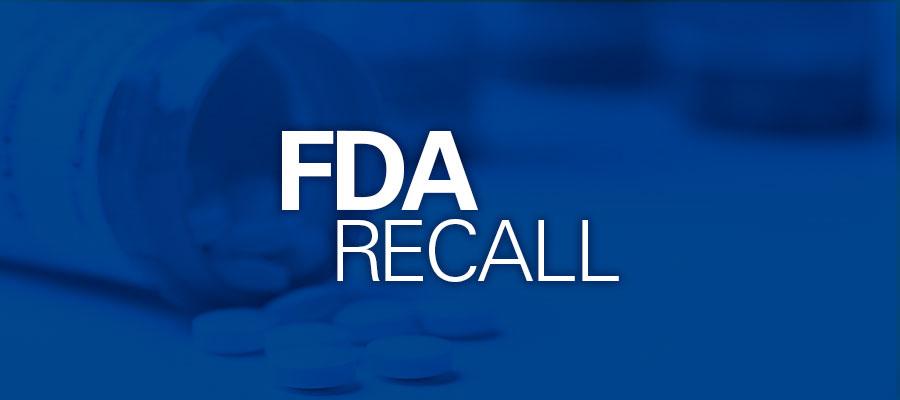Attackers prioritize patient data over device control, recognizing its high value. The rush to market often leaves security as an afterthought, increasing vulnerabilities that can be exploited post-production
The medical device industry is under relentless attack. While no widespread real-world reports have been confirmed, numerous headlines showcase the growing cybersecurity exposure of medical devices.
Medical device manufacturers (MDMs) face significant challenges balancing cybersecurity and time-to-market pressures.
Suppliers, management, consumers, and stakeholders demand faster product launches, often leading to overlooked cybersecurity measures. While cybersecurity requirements exist, they compete with revenue-generating features. Unlike clinical functionalities, which customers demand and pay extra for, cybersecurity is rarely explicitly requested. As a result, manufacturers must proactively embed security into their development lifecycle rather than waiting for external demands.
A 2023 report on cybersecurity in medical devices and healthcare systems revealed major vulnerabilities in every medical product surveyed, with almost 2/3 stemming from software issues. These vulnerabilities expose patient data and disrupt healthcare operations, highlighting the urgent need for a robust cybersecurity framework.
How MDMs and Suppliers can Collaborate to Secure Patient Data?
Ensuring cybersecurity in medical devices requires collaboration across the supply chain. Manufacturers must maintain transparency regarding software components, dependencies, and third-party libraries that could introduce risks. Operators must also be aware of cybersecurity capabilities, understand manufacturers’ weaknesses, and implement necessary measures such as encryption and hardened device configurations.
The Role of SBOM in Strengthening Security
A Software Bill of Materials (SBOM) is critical for security, serving as a comprehensive inventory of all components within a medical device. An SBOM allows MDMs and suppliers to identify vulnerabilities early in the development cycle. It also provides FDA auditors with a clear snapshot of the software supply chain, ensuring compliance with regulatory standards.
Manufacturers must also define and document cybersecurity responsibilities between themselves, operators, and other stakeholders involved in deployment. This ensures accountability and minimizes security gaps in the postmarket phase.
Manufacturers also have a responsibility to notify suppliers and customers when products reach their end-of-life (EOL). A study found that 1 out of 5 connected medical devices run on unsupported OS versions. Deprecated EOL devices must either be replaced entirely or securely decommissioned to prevent compliance violations and data breaches.
Four Ways to Keep Patient Data Secure Premarket and Postmarket
Maintaining compliance: Manufacturers must submit a 510(K) premarket submission to the FDA to ensure the safety of devices. They must also be up-to-date on various regulations, including ISO 14971:2019 and the new HIPAA Security Rule to protect ePHI and other sensitive patient data. The new ISO update introduces a risk management framework for medical devices and also addresses the safeguarding of Software as a Medical Device (SaMD), as outlined in Section 201(h) of the FD&C Act.
Threat modeling: Threat modeling helps security teams anticipate attack patterns by reverse-engineering threat actors’ tactics, techniques, and procedures (TTPs). Frameworks like MITRE ATT&CK and OWASP help MDMs integrate threat modeling into risk management and development processes, improving security before deployment.
Hardening device posture: Devices often ship with unsecured configurations by default. Default settings such as open ports render devices vulnerable to attacks. Access should be limited to critical system functions and data based on the principle of least privilege. Disable all unnecessary services before deployment and ensure that patching has been updated to address known vulnerabilities.
Encryption: Unsecured communication remains a primary attack vector for patient data breaches. Encryption safeguards data from unauthorized access and replay attacks, ensuring it remains unreadable without the proper decryption key. Secure communication between devices and control servers minimizes the risk of exploitation.
Leverage EVSec to Keep Patients’ Data Secure
End-to-end premarket and postmarket solution: EVSec provides a comprehensive solution, integrating security from the earliest development stages to postmarket monitoring. By catching vulnerabilities before market release and maintaining continuous security improvements, EVSec ensures lasting protection.
Context-Driven Prioritization: EVSec prioritizes cybersecurity risks based on context, ensuring that the most critical threats receive immediate attention while balancing cybersecurity with operational needs.
Supply chain security: EVSec leverages BOM management and vulnerability orchestration to monitor and secure third-party software components, reducing supply chain risks.
Key benefits include:
- Automated BOM validation and management for internal teams and external suppliers
- Full visibility into open-source and third-party software components
- Accountability and risk mitigation throughout the supply chain
Automate security processes: Automation is essential for scaling cybersecurity efforts. EVSec automates vulnerability scanning, patch management, and compliance audits, reducing manual workload while ensuring continuous security. By integrating cybersecurity into the development lifecycle, automation prevents disruptions to clinical priorities.
Collaboration & delegation: Real-time collaboration, task delegation, and workflow tracking while automating critical security tasks, such as vulnerability scanning and patch management, ensures continuous protection with minimal manual effort. Ensuring that cybersecurity responsibilities are assigned and managed without clinical priority conflicts.
Comprehensive regulatory compliance: EVSec provides full alignment with healthcare-specific regulations, including HIPAA, the Healthcare Cybersecurity and Resilience Act, FDA’s SBOM mandate, and NIST guidelines, simplifying compliance through automated auditing and reporting.
C2A Security’s EVSec Platform empowers software-defined companies to develop more secure products and shorten time-to-market.
As the only context-driven product security platform for Premarket Approval and Postmarket Surveillance, our leading DevSecOps Product Security platform leverages dynamic risk, BOM, and Vulnerability management, as well as attack path triage, to ensure targeted protection and seamless compliance for the development and operations of medical devices.
Schedule a demo today to learn more.







